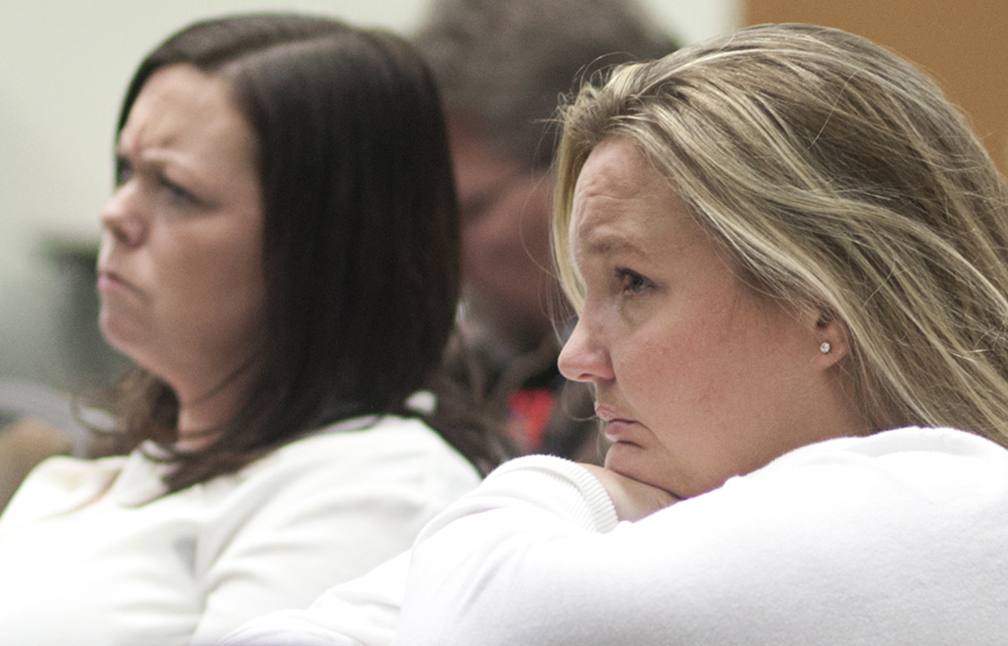ANCHORAGE — After two full days of public testimony, the Board of Fisheries has heard from the bulk of the 234 people signed up to testify on Upper Cook Inlet fisheries issues.
Most who spoke were given three minutes to voice their support or opposition to the proposals the board will take up during its two-week meeting.
Several recurring subjects included popular, but struggling fisheries in the Matanuska-Susitna Borough, Kenai king salmon, the personal use fishery and proposed gear and time restrictions on commercial set and gillnet fishing.
Local advisory committee representatives were given more time to speak as they addressed proposals voted on by committee members. Each committee represents stakeholders in a particular geographic location and Board of Fisheries members heard from several areas including Homer, Kenai and Soldotna, the central peninsula, Anchorage and Seward.
Jim Stubbs, vice chair for the Anchorage advisory committee, said the group met for more than 30 hours in advance of the meeting to decide which proposals it supported — including two proposals to raise minimum escapements for king salmon on the Kenai River.
“Our early run kings are forecast at coming in at one-sixth of the minimum escapement goal…age six kings at only 5 percent of average, that means we’ve almost lost those,” Stubbs said. “I guess the question is, how long will we continue to watch as this decline continues before we decide to draw a line in the sand?”
Stubbs said it was time for the Board of Fisheries to take action on the dwindling king salmon runs.
In previous years, board members have told sport fishermen to “take two aspirin and come back in three years if you don’t feel better, but ladies and gentlemen, the Kenai and Kasilof kings are now in the emergency room. No more aspirin, no more Bandaids. It’s time for oxygen.”
Andy Szczesney, a member of the Kenai River Professional Guide Association, said his guide business was suffering alongside several other businesses in Soldotna due to the dwindling king salmon runs and continued in-season closures of king salmon fishing on the Kenai River.
Several people from Homer voiced their opposition to proposals that would limit the commercial drift fishery.
Jim Lavrakas, director of the Homer Chamber of Commerce, said the city feared a loss of revenue.
“About 100 commercial drift boats are ported in Homer,” he said. “Our belief is that if these proposals were passed…the economic health of Homer would suffer hardship,” he said.
Homer City Manager Walt Wrede said shifting the commercial fishing fleet’s operations would have a ripple effect on the community that would be felt from fish stock operators to grocery stores.
“The Port of Homer is operated as an enterprise fund. We have about 170 accounts there with fishing vessels, tenders and fish processors which participate directly in the Cook Inlet drift fishery,” he said. “This generates about $900,000 a year in fees for the port harbor.”
Kenai City Manager Rick Koch supported limitations on the personal use fishery, a fishery that brings several thousand fishers to the mouth of the Kenai River in July.
While the city welcomes the fishery, Koch said, it can be difficult to maintain the beaches when the Alaska Department of Fish and Game opens it for 24-hour periods.
While many commercial fishermen voiced opposition to proposals which would limit or change their gear, central peninsula setnet fisherman Gary Hollier said he had voluntarily modified his gear to try and reduce his harvest of king salmon.
Last year, Hollier cut several of his nets shorter and staggered them on his beach sites.
Several board members asked him about his results, including whether king salmon swim lower in the water than sockeye salmon.
On the first day of the board meeting, members heard from a private research company, Kintama, which sampled a small portion of the king salmon running in the inlet. The results of its tagging study suggested that king salmon swim lower and David Welch, company president, suggested that shallower setnets would harvest fewer kings.
“For $10 and a case of beer, I could have saved the state $600,000 and told them the same thing,” Hollier said.
Brent Johnson, president of the Cook Inlet Aquaculture Association, borough assembly member and Ninilchik beach setnetter also advocated for modified gear.
“What we’re faced with today is a sort of scary king salmon conservation issue,” he said.
Last year, Johnson tried a selective harvest module prototype which he said would allow setnet fishers to catch sockeye and not catch kings. He also suggested research on the size of juvenile king salmon smolt.
“King salmon live as juveniles in the river and they’re feeding in the river and we need to know how they’re being affected by boat traffic, turbidity issues … we need to know if they’re being able to feed OK so that they’re going out to the ocean large. Survival is all about size when you’re a smolt.”
Audio from the meetings can be heard on the Board of Fisheries webpage at adfg.alaska.gov.
Rashah McChesney is a reporter for the Peninsula Clarion. She can be reached at rashah.mcchesney@peninsulaclarion.com.


